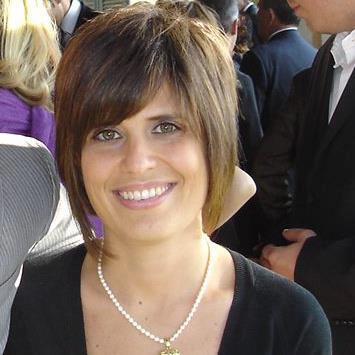Siena – City of Palio
Share
Siena, enchanting city on the hillsides of Tuscany, famous for the Palio, (the horse race, which takes place in Piazza del Campo), for its architecture and significant frescoes such as Good and Bad Government painted by Ambrogio Lorenzetti, the Majesty by Simone Martini and the Majesty by Duccio di Buoninsegna. These are examples of great civilization and political-social organization, which few cities in the world can boast from the 12th century onwards.
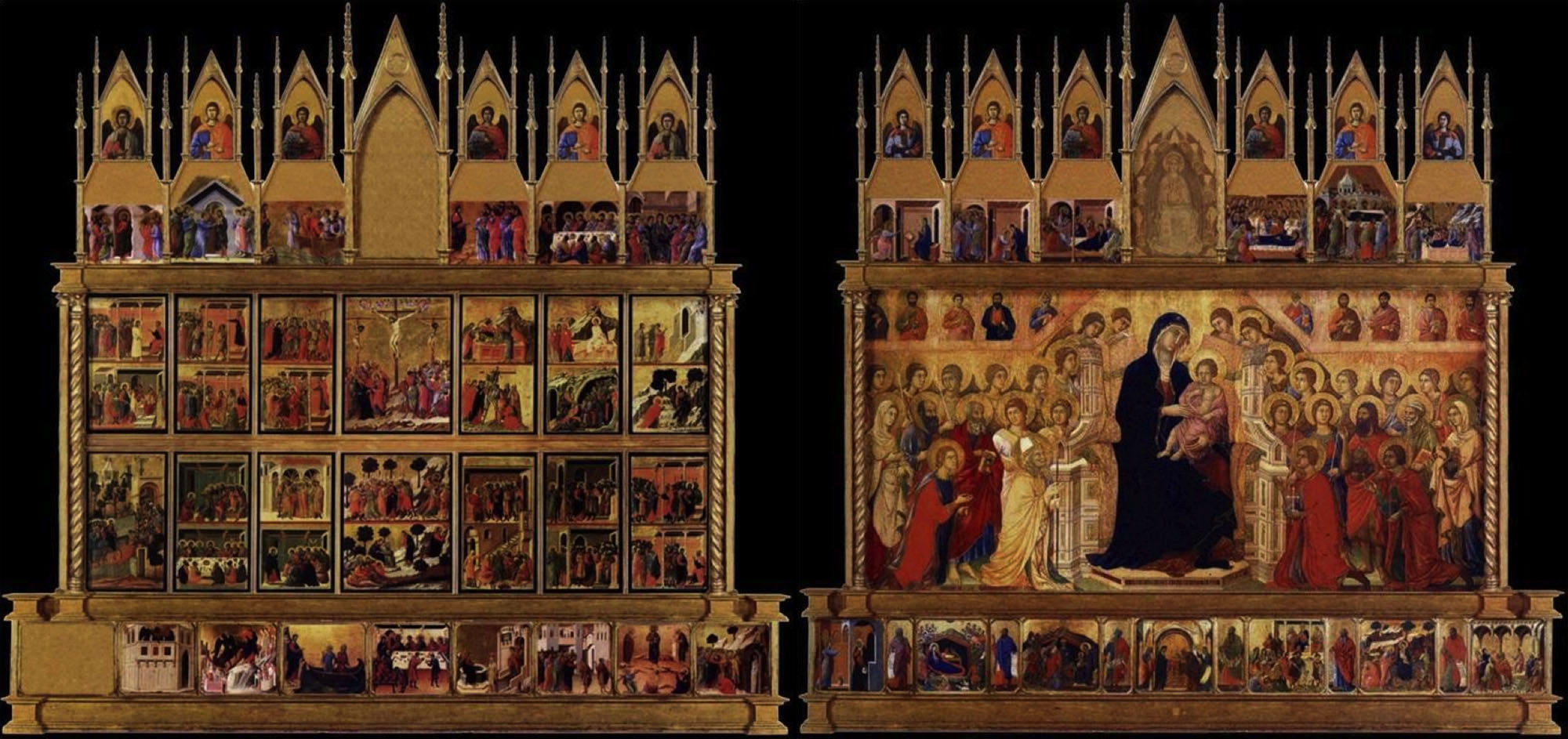
Maestà, Duccio di Buoninsegna, Cathedral of Siena
The city is divided in three parts, which give to Siena the characteristic appearance in the shape of a three-pointed star: “Terzo di Camollia”, “Terzo di Città” and “Terzo di San Martino”. Each third includes the “Contrade”or districts present in that territory.
In the early 12th century the conflict against Florence started, the rival city, due to the political and economic control of the surrounding territory. Siena won the famous battle of Montaperti against Florence in 1260, some memorabilia of the battle is preserved inside the Cathedral, like the masts of the “Carroccio” or war cart used in the struggle of Montaperti.
Throughout the 11th and 12th centuries, the city went through a demographic, economic and political development, thanks to the Via Francigena and to the money-exchanging activities, but the great demographic and building development was under the power of the Council of Nine (1287-1355), a Guelph government, formed by the rich merchant bourgeoisie.
From the 16th century Siena became an easy prey in the territorial designs of the great European powers and in 1559 Siena went under the power of the Medici Family, maintaining its autonomy.
One of the recommended itineraries for those who visit the city for the first time, starts from “Porta Camollia”, along the Via Francigena, focusing on some churches along this route, we reach Piazza Salimbeni, the headquarters of Monte dei Paschi di Siena, one of the oldest banks in the world, founded in 1472. You can admire Palazzo Salimbeni, an example of architecture of the second half of the 19th century, imitating the Gothic style.
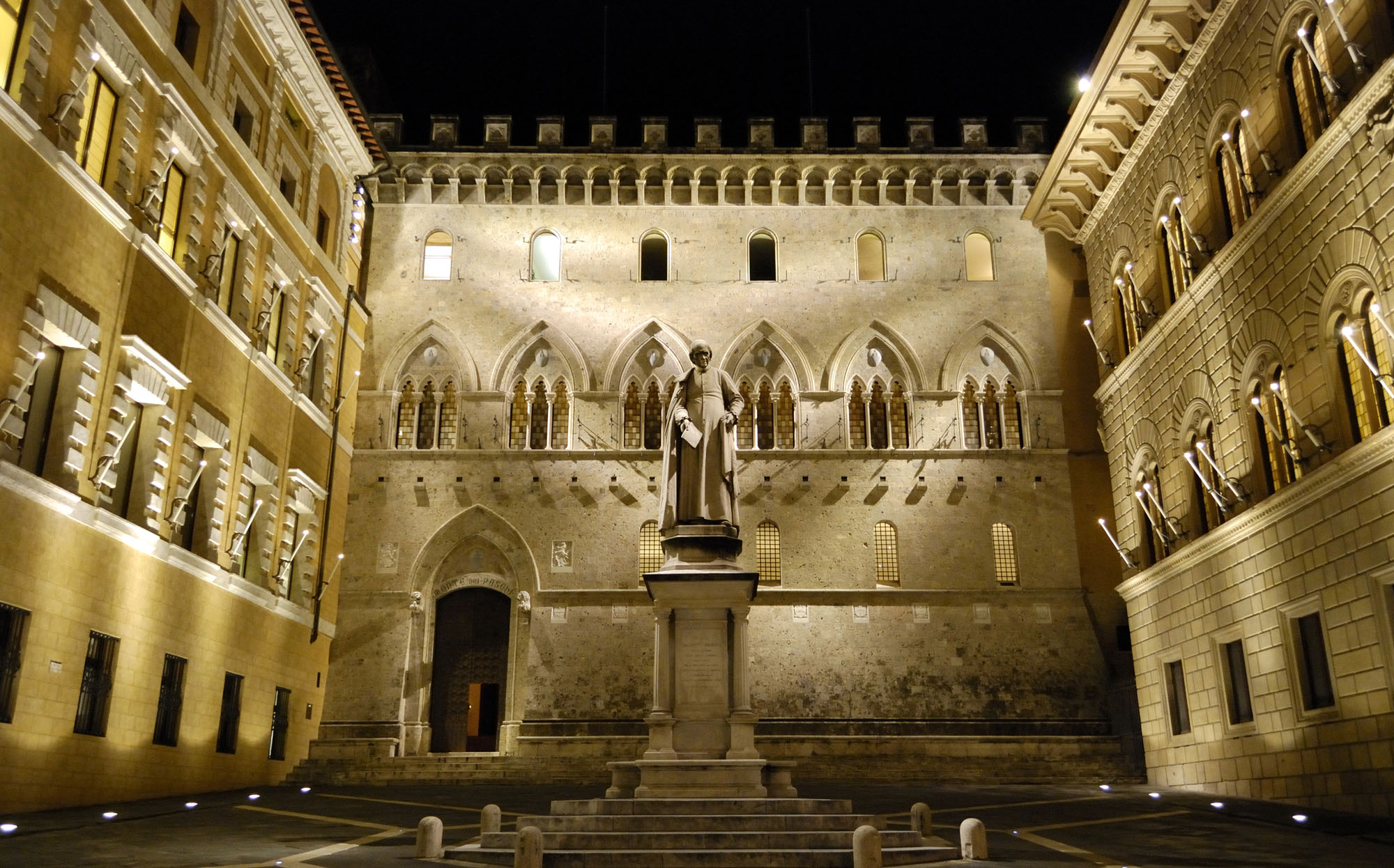
Palazzo Salimbeni
Walking along Via Banchi di Sopra, one of the main streets of the city, in reference to the trade activities and the artisans workshops, we arrive at Piazza Tolomei, in memory of a Guelph family, enriched thanks to the mercantile and money-exchanging activities. It is possible to observe Palazzo Tolomei the family palace, built in Gothic style. The top of a column with the statue of the she-wolf and the twins Romulus and Remus dominates the Piazza to remember the ancient union between Siena and Rome.
After we get across the street Banchi di Sopra, we reach the famous Piazza del Campo, with its shell shape, due to the geological formation of the ground, divided up into nine sections, recalling the Government of the Nine.
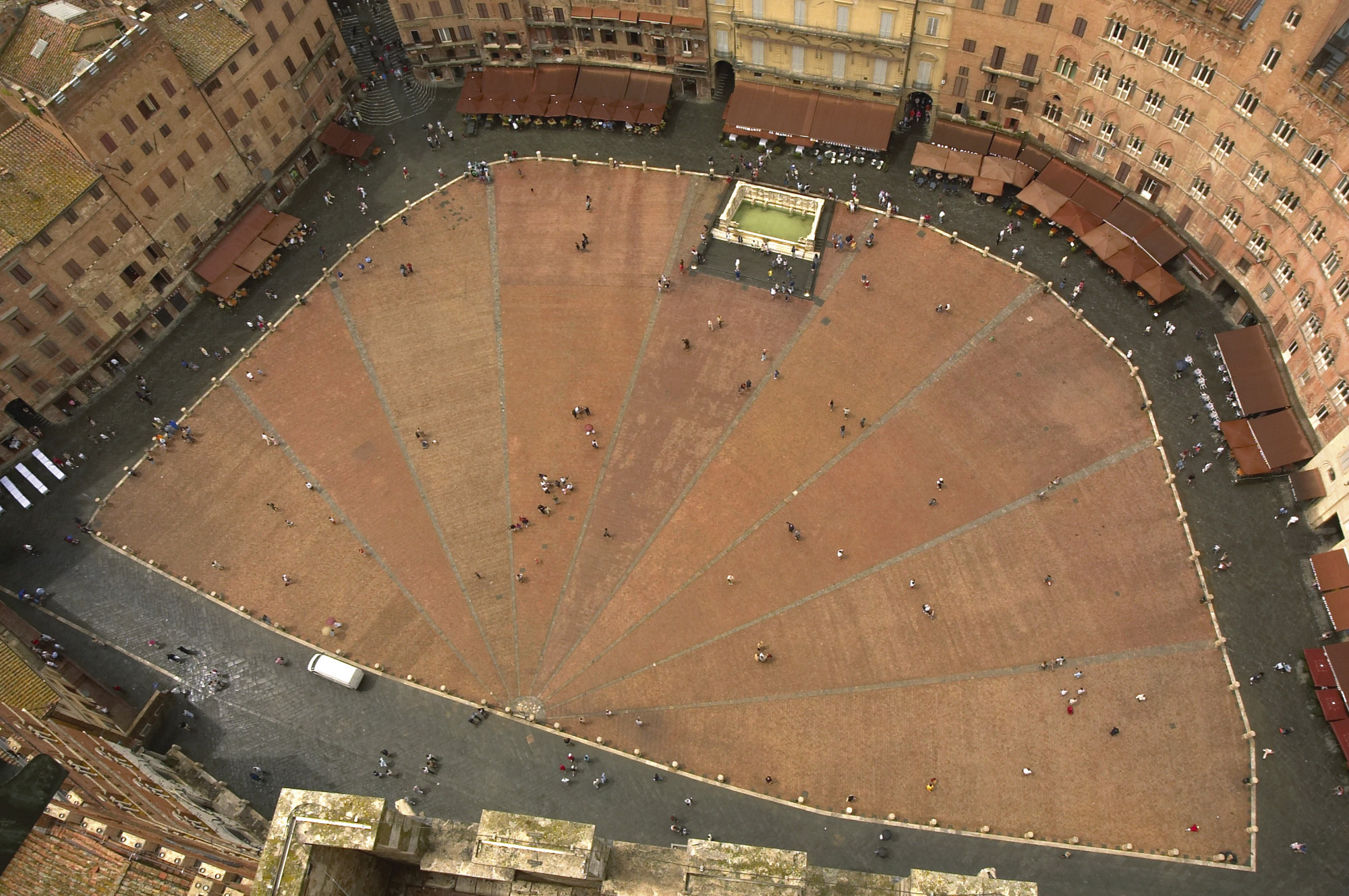
View of Piazza del Campo from Mangia’s tower
In this jewel there are not only Gothic and Neo-Gothic palaces like Palazzo Sansedoni, but also architecture dates back to the 18th century such as Palazzo Chigi Zondadari and Casin dei Nobili to demonstrate the vitality of the city even in ages far from the medieval one. It is a series of constructions that had to respect the urban physiognomy “Decorum”.
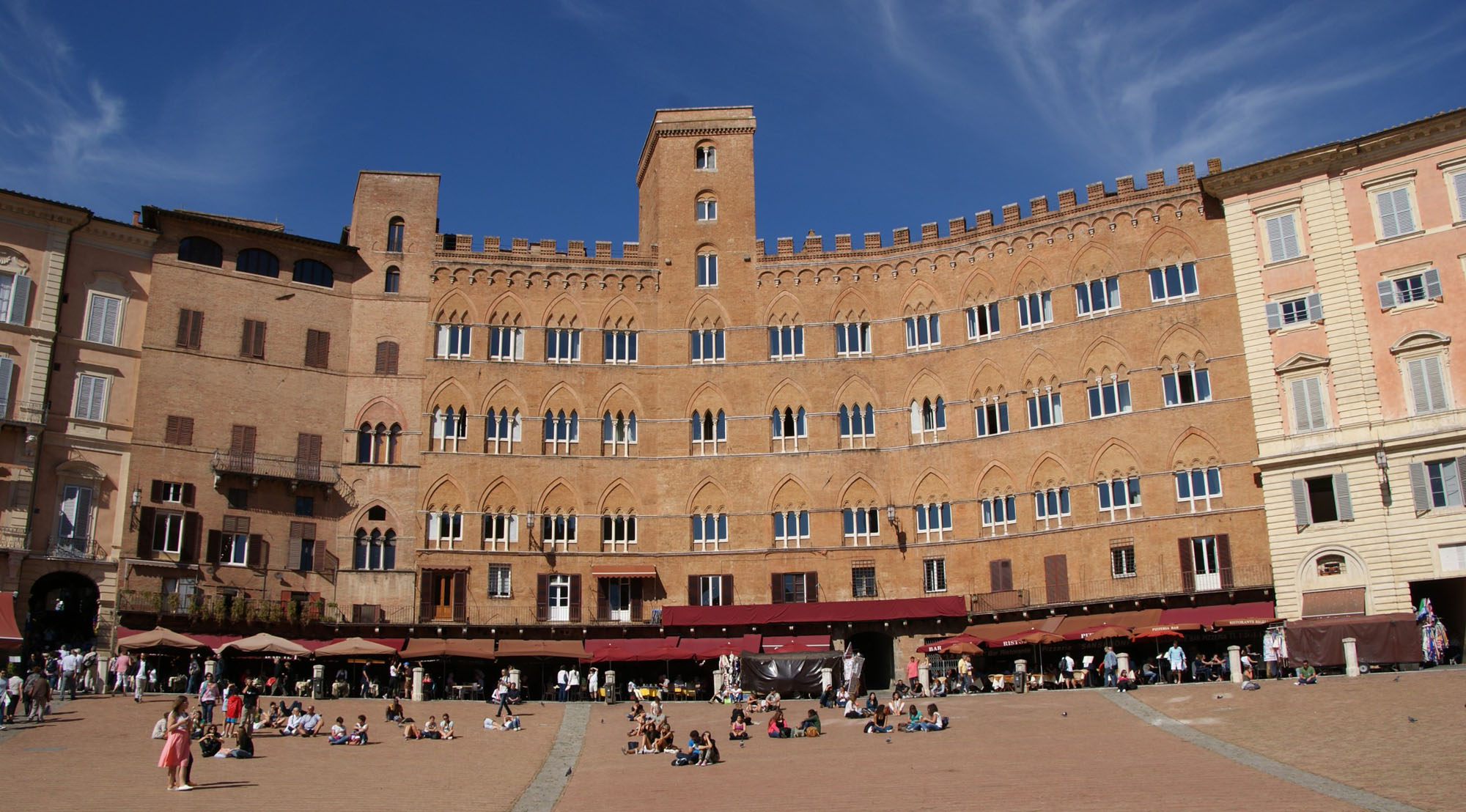
Palazzo Sansedoni
Not least Fonte Gaia, the monumental fountain in white Carrara marble with the statues sculpted by Sienese sculptor Tito Sarrocchi, who replaced those by Jacopo della Quercia.
In Piazza del Campo, the Palio takes place twice a year: on 2nd July, dedicated to the miracle of Madonna of Provenzano, on 16th August to the Assumption of the Virgin Mary. It is a combination of profane and religious elements. These are four intense days: from the assignment of the horses, to the trial races until the Palio. Only one Contrada wins the Palio, a silk banner, painted by famous painters, which will then be preserved in its own museum.
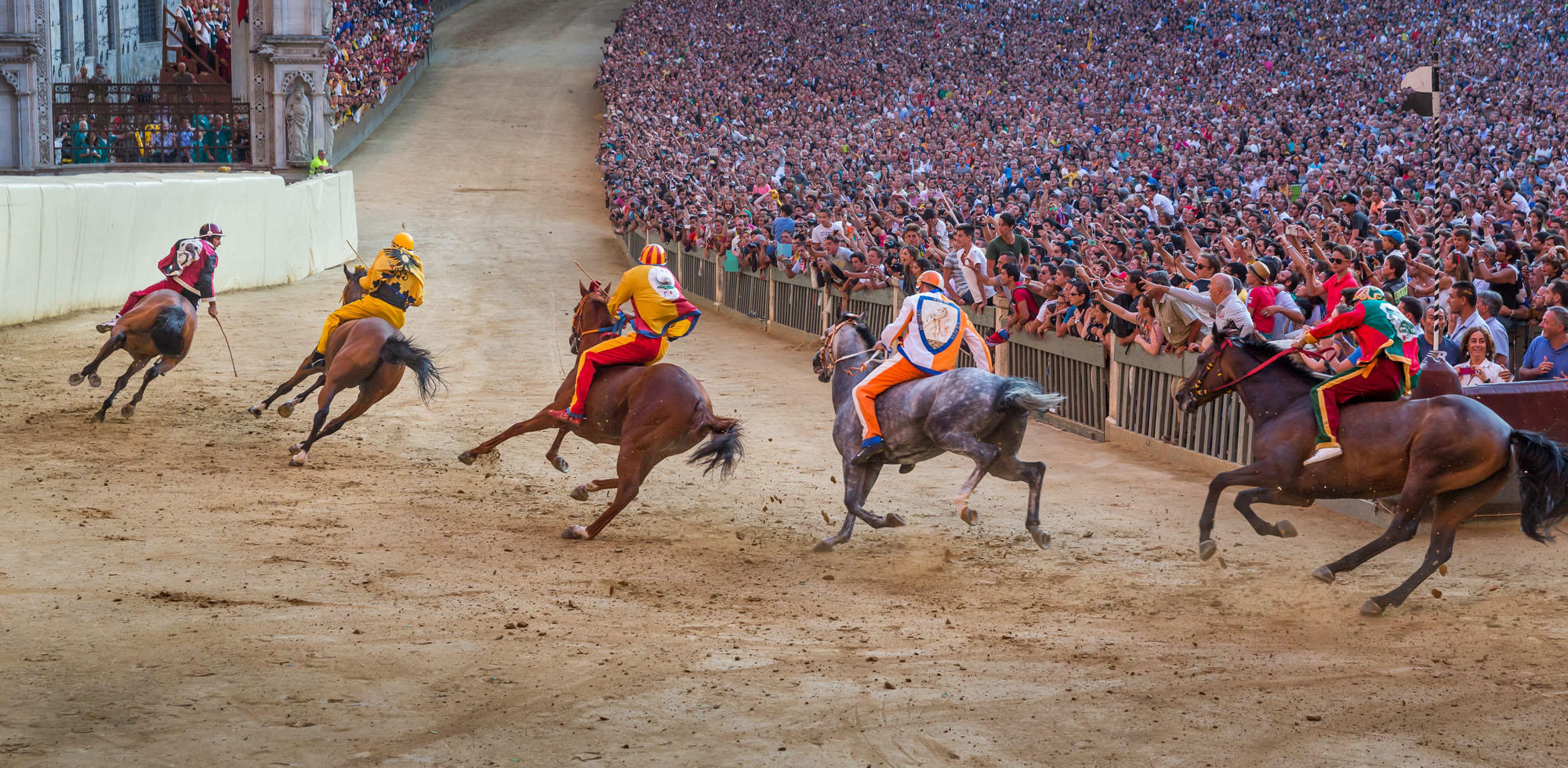
Palio di Siena, Piazza del Campo
From Piazza del Campo, we proceed in the direction of Chiasso del Bargello, a typical medieval, suggestive narrow street, where you can admire a glimpse of Torre del Mangia and Piazza del Campo, here there was the medieval police office and the prisons close to Chiasso del Bargello.
Walking up the last hill, we reach Piazza Jacopo della Quercia to observe the “Facciatone” and all remains of the project of the the New Duomo, the great Sienese gothic dream.
The exterior part of the Cathedral of Siena is an example of Tuscan Gothic and Romanesque style. Three types of marble were used in the construction of the façade: serpentine from Murlo (dark-green color), white from Montagnola and red ammonitic limestone from Gerfalco, on the border between Siena and Grosseto. The sumptuousness of the interior is given by the floor in graffito and marble inlays “Commesso marmoreo”, a unique example all over the world. The floor is uncovered (once or twice a year) to give the opportunity to the visitors to enjoy and view all the episodes it depicts.
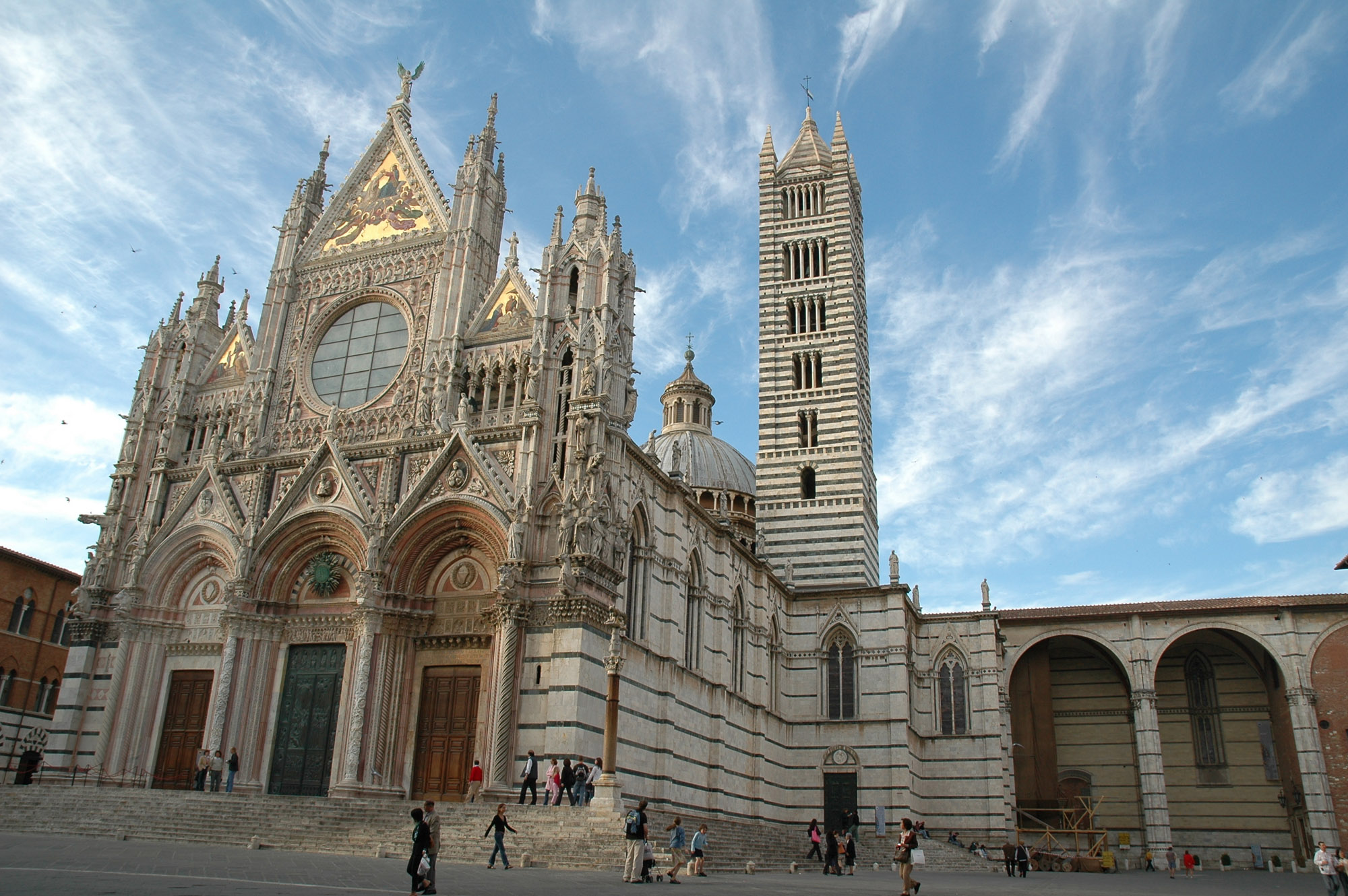
Cathedral of Siena
Silvia Vecoli
Licensed Tour Guide in Siena, Florence and around Tuscany in English, Spanish, Portuguese and Italian.
Web: www.tuscanytours.holiday
E-mail: silviatuscanytour@gmail.com
Mobile (+39) 338 5814370
Facebook – Instagram





